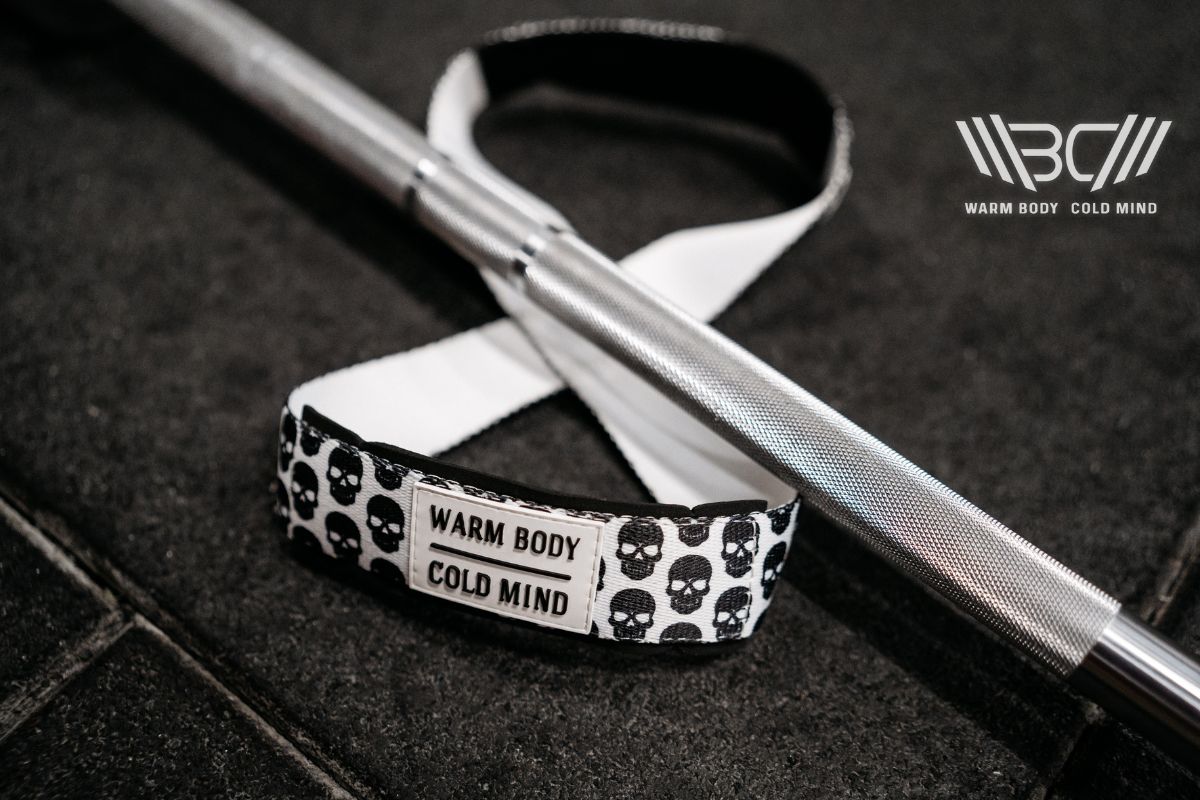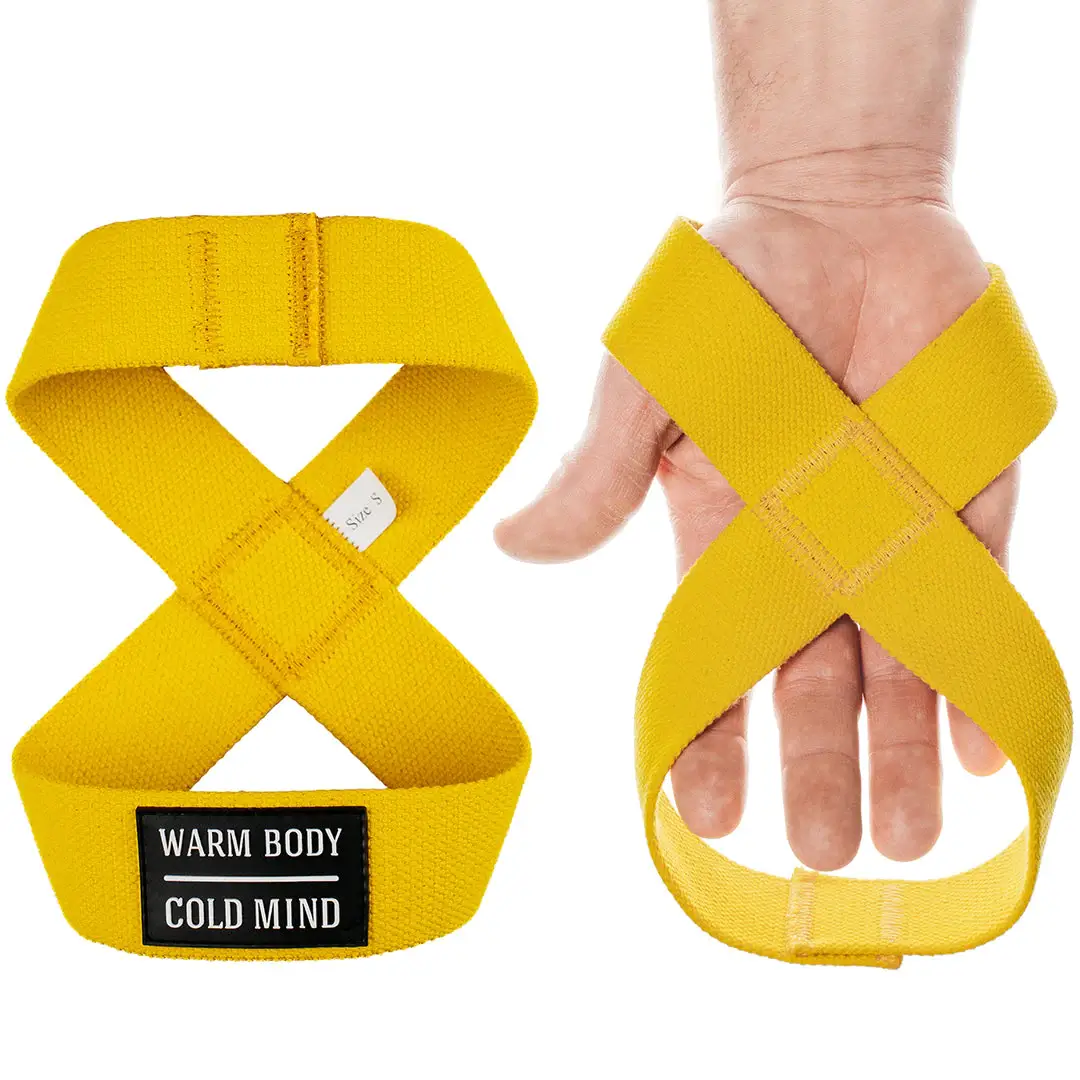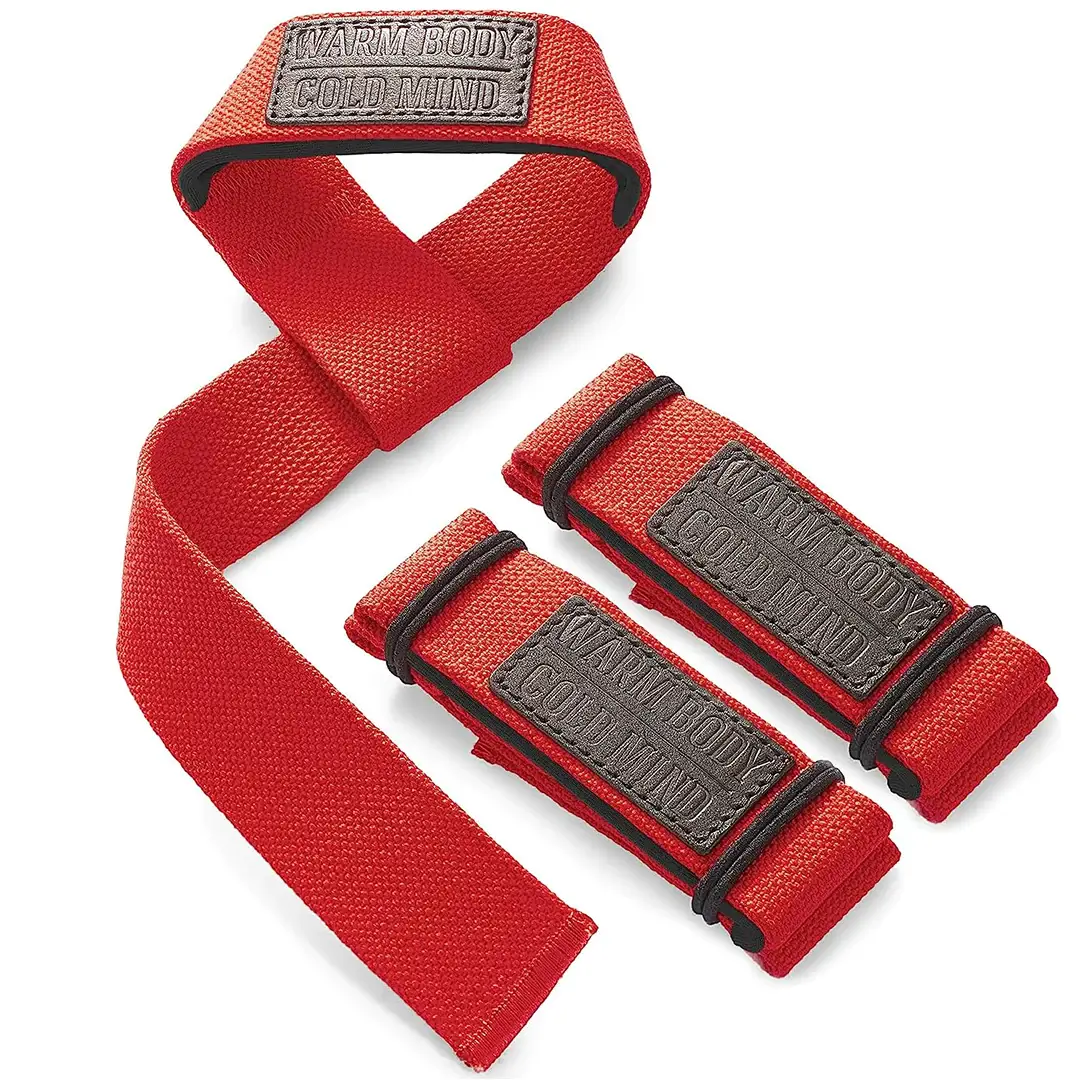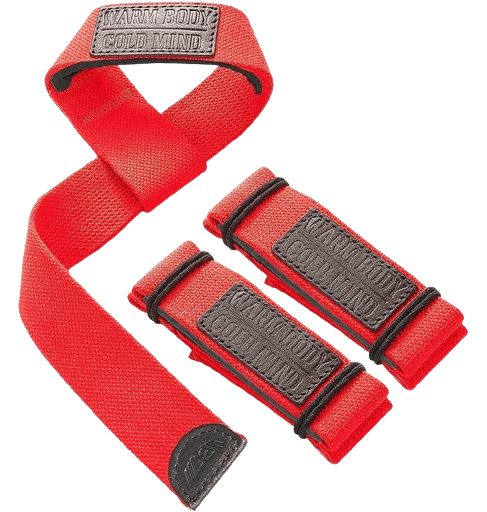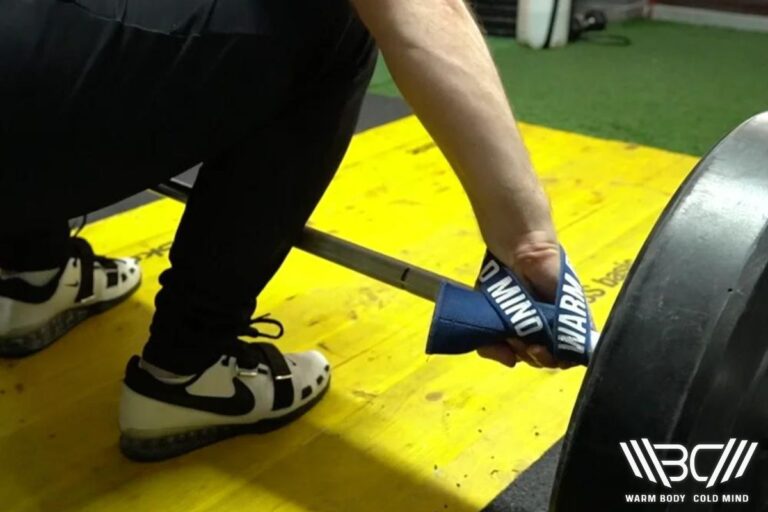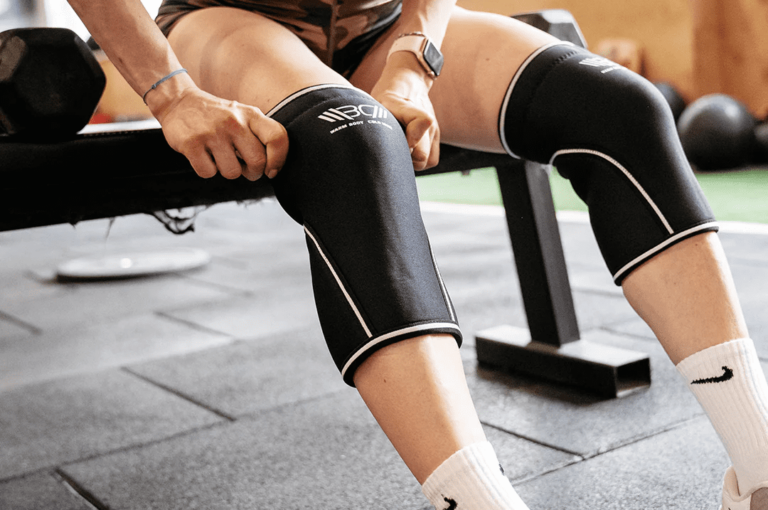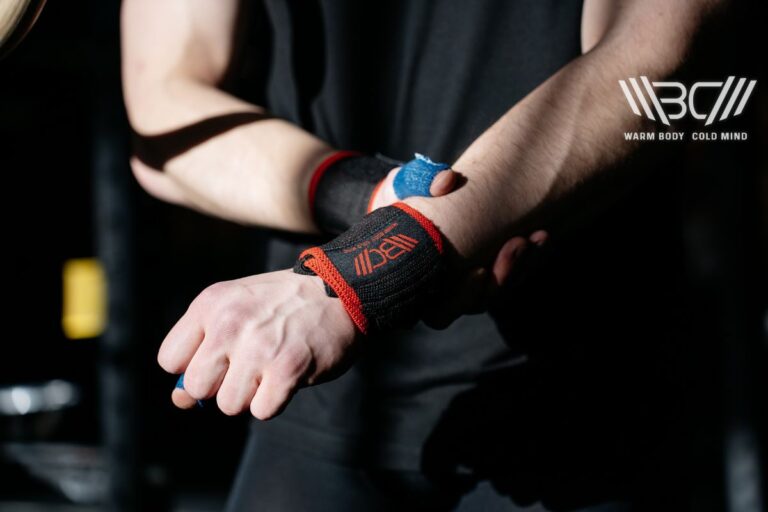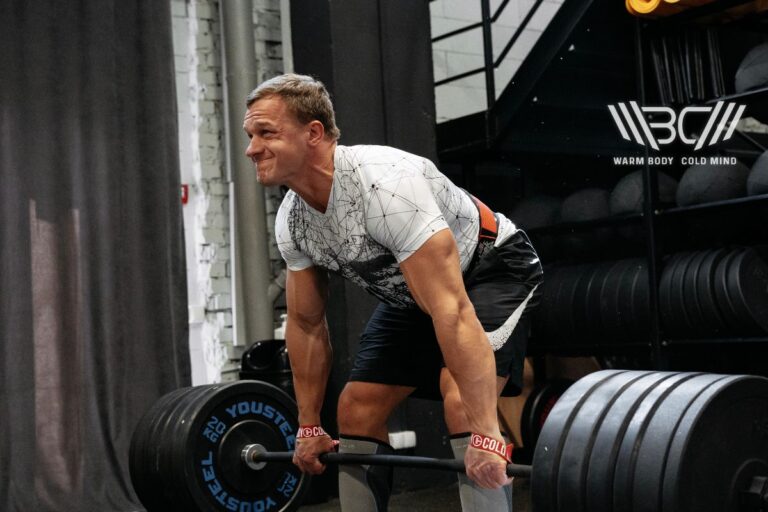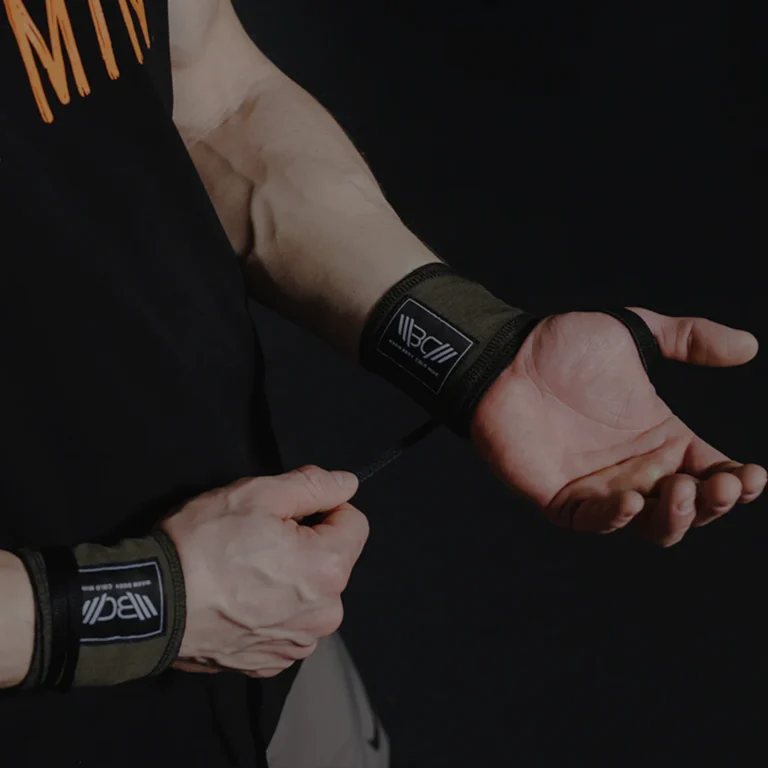Can You Use Straps In Powerlifting? Rules Explained
Can you use straps in powerlifting? This piece of kit is no stranger to the gym and many avid lifters choose to use lifting straps for powerlifting. As lifting straps aren’t allowed in powerlifting competitions, however, there are a considerable number of fitness lovers who opt to leave them out of training sessions to help avoid reliance. We’ll delve more into lifting straps and more in today’s blog.
As lifting straps in powerlifting is such a debated topic, let’s explore it in more detail and answer ‘can you use straps in powerlifting?’
Many ask ‘can you use straps in powerlifting’ and the answer is yes, but only during training, as they are illegal in competitions. Straps can be utilized during pulling movements like deadlifts to aid with grip strength. Relying on straps can lead to dependency, so train with and without them!
Do You Need Lifting Straps For Powerlifting?
Lifting straps are a piece of gym kit typically used in weight training to provide support during heavy loads. Unlike wrist wraps that solely wrap and support the wrist, straps connect around the wrist and the barbell, intertwining the two together through the chosen exercise.
They tend to be utilized by those lifting significant weight during pulling exercises, particularly the deadlift. Straps give support to the wrist during weight-bearing motions and reduce the pressure to have maximal grip strength in the movement. This allows the focus to shift solely onto lifting the bar, so individuals aren’t restrained by their grip strength.
By being able to lift a significant weight and not be held back by grip strength, athletes can improve their hypertrophy. Over time this means not only increasing their muscle size but also reaching PBs that seemed far into the horizon due to grip strength.
Are Lifting Straps Allowed In Powerlifting?
Put short and simply, the answer to ‘are lifting straps allowed in powerlifting competitions’ is no. Lifting straps are not usually permitted for use in powerlifting competitions. It’s a common misconception that wrist wraps and powerlifting straps are the same thing, when in fact, they have many differences.
The biggest point that separates wraps from straps is the fact that straps are not allowed in powerlifting competitions but wraps are. As long as wrist wraps comply with the rules set out by the International Powerlifting Federation, they are permitted during powerlifting competitions. This doesn’t mean you can’t use powerlifting straps during your gym sessions.

Optimize your lifts with Warm Body Cold Mind figure 8 lifting straps, delivering unmatched stability and grip.
They can be the ideal weightlifting accessory if you’ve surpassed the heaviest loads you can lift with your current grip strength, as straps can help give that extra bit of support you need for big loads.
2 Benefits Of Using Straps In Powerlifting
Regardless of the exercise you’re performing in the gym, it’s essential to make the mind-to-muscle connection between the barbell and the muscles you are activating. There are multiple benefits to using straps in powerlifting, so let’s dig a little deeper and figure out if they are the right addition for you.
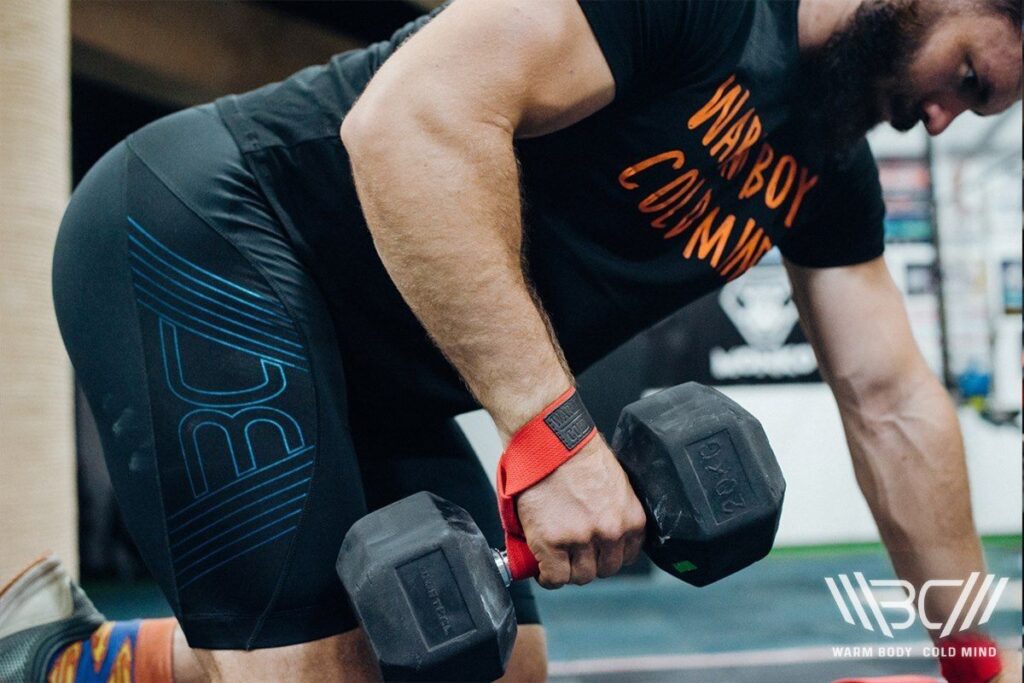
✅ Reducing Pressure and Stress on Hands and Wrists
One of the key reasons many lifters choose to incorporate straps in their weightlifting sessions is to reduce the pressure and stress going through the hands and wrists. After training for long periods, and completing a range of heavy compound exercises, it’s normal to feel a little restrained by grip strength.
Correctly using straps can successfully take the pressure away from the wrists, so you can continue to lift heavy and challenge yourself to the max.

Cotton Lasso Lifting Straps Pro
Enhance your lifting experience with Warm Body Cold Mind lasso lifting straps designed for durability and comfort.
✅ Aid In Maintaining Correct Form
When lifting heavy during pulling movements such as deadlifts, rows, and shrugs, it’s essential to maintain correct form and help reduce the risk of gym-based fitness injuries.
By not solely relying on grip strength, lifters can focus more on their form, and achieve a successful lift rather than relying solely on hand and wrist strength. Both of these can deplete during the course of moderate-intensity exercise due to fatigue, and this is where straps can come into play, reducing pressure.
Subscribe!
The latest reviews of must-have home gym training equipment, apparel, and supplements that will enhance your performance and bring you new results.
3 Possible Drawbacks of Using Straps
Along with some benefits, there are a few drawbacks to using straps during sessions that are worth considering. It’s wise to give thought to the potential pros and cons of introducing new equipment into your sessions, as it may affect your progress and results over time.
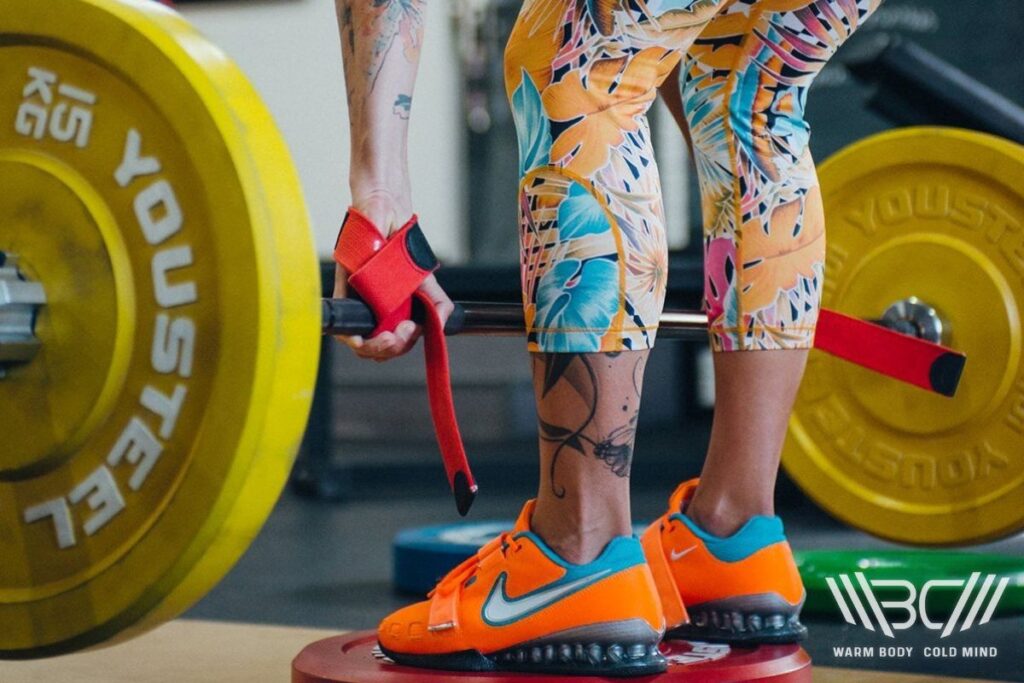
1. May Weaken Grip Strength With Prolonged Use
It’s wise to use lifting straps for powerlifting cautiously, as it’s best to rely on your natural body and what it can do, rather than letting equipment do all of the hard work! Saving weightlifting straps for testing 1RM or for heavier days can be useful in achieving solid lifts. Outside of heavy days, it’s better to rely on your grip strength and muscles to keep them activated and engaged where needed.

Pro Tip:
Put in the hard work and the results will follow.
2. Illegal in Competitions
Since straps are illegal in most competitions, many prefer to keep them out of their sessions for fear they may become too accustomed to using them during training.If you’re using straps every time you lift, your muscles may not be used to the natural feel of the bar during competitions, which could end up being a significant disadvantage.
3. May Reduce Confidence With Equipment-Free Lifts
Overuse of straps in powerlifting can reduce confidence over time during the sessions or reps if you decide to go equipment-free. Reliance on straps can lead to dependency which can make sessions where the straps stay in the locker more challenging. There’s no harm in including straps in your training, just be sure to also train without them to stay consistent and confident during equipment-supported and equipment-free days.
When Should Powerlifters Use Straps?
Straps can be utilized well by powerlifters if they’ve already surpassed the weight that their natural grip strength can handle. As straps connect the wrist to the bar, essentially providing another layer of durable support, lifters can continue increasing their loads and not be held back by hand or wrist weakness.

Are straps allowed in powerlifting? No! Straps can’t be used in powerlifting competitions and meets, but when used correctly, it’s not a bad idea at all to introduce them into training sessions. If you’ve been consistently lifting heavy for a while, with good form, but you want more growth and heavy numbers on your bar, it may be time to bring straps into your training.
Since it’s pretty easy to become dependent on straps, especially with prolonged use, it’s best to keep them in your bag until your heaviest or test days. This means you can continue maintaining correct form and keep working on your grip strength, leading to good progress over time.
When Powerlifters Should Not Use Straps?
Straps are best used for pulling exercises such as bent-over-rows, shrugs, and deadlifts. It’s not advisable to use straps during pushing or overhead movements such as snatches as they have the potential to do more harm than good. When lifting significant weight overhead, the safest practice is to focus on form and symmetry, whilst being able to securely drop the bar back down to the floor if and when needed.
If powerlifting straps are used to connect to the bar and something goes wrong with the weight in an overhead position, it can be dangerous. Being connected to the bar means you can’t let go and drop the bar quickly and efficiently as the straps will be in the way.

Pro Tip:
Don’t jump up too much weight too quickly.
What Types of Straps Can Be Used For Powerlifting?
There are a few different types of straps that can be used for powerlifting. Even though the answer to ‘are weightlifting straps allowed in powerlifting comps’ is no, they can be effective in powerlifting training sessions.
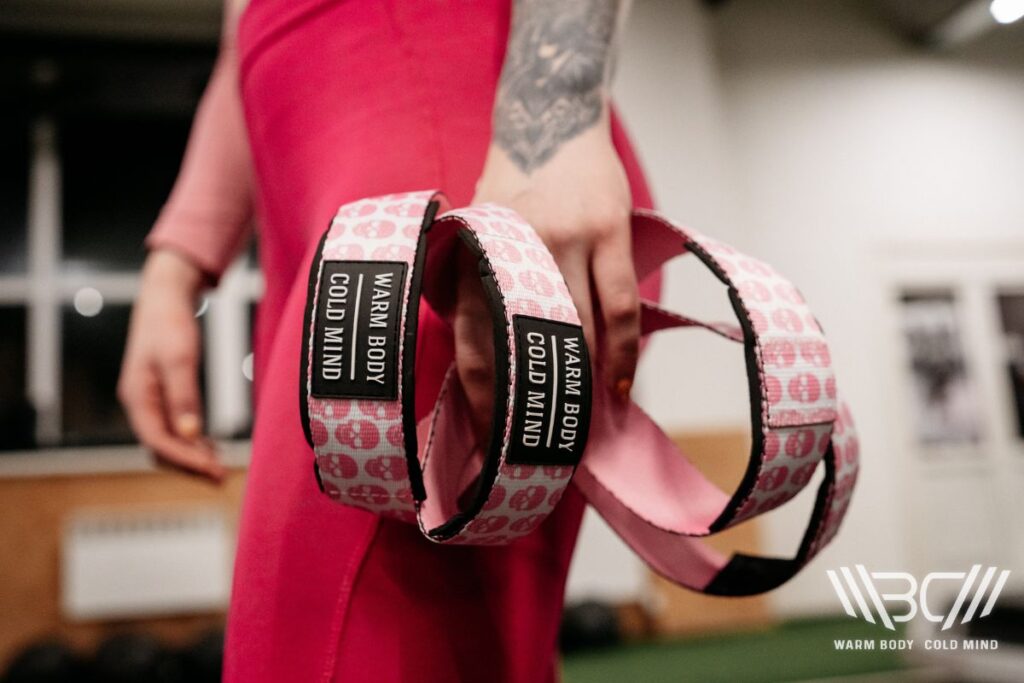
1. Figure 8 Lifting Straps
Using figure 8 lifting straps isn’t too tricky, and once you’ve practiced a few times, you’ll be good to go and try this type of lifting strap in your sessions. First, place one hand through the loop, moving the other loop underneath the bar. Then, place your hand through the second loop, creating a full connection between your wrist and the bar.
Our Recommendation – Warm Body Cold Mind figure 8 lifting straps
Available in a few different sizes and made from durable cotton and elastane, our WBCM figure 8 lifting straps can take your heavy load days to the next level. Robust, and able to support lifters through movements, these straps are the key to unlocking a new level of lifting in your sessions.
2. Lasso Lifting Straps
Lasso lifting straps can be used in resistance training simply, by taking the end of the strap and feeding it through the loop. After effectively creating a ‘lasso’, place your hand through, wrapping the additional length of the strap around the barbell, creating a close connection between your hand and the bar. Ensure the connection is tight so you can proceed and lift the load safely and securely, supported well by the straps.
Our Recommendation – Warm Body Cold Mind Lasso “PRO” lifting straps
Our WBCM Lasso “PRO” lifting straps are the perfect addition to your kit bag if you’re looking to up your game with heavy lifts, and want to conquer the restraint of your hands, wrists, and grip strength.
3. Open Loop Lifting Straps
In comparison to lasso and figure 8 lifting straps, open loop straps are unique as they are just a simple one-piece that isn’t stitched to any other part of the strap. Using open-looped lifting straps is considerably harder and typically left to the pros or those with extensive weightlifting experience. There’s more to think about without the additional support from stitching, and having a fixed place to put your hands through.
FAQ
Are Deadlift Straps Legal?
Deadlift straps are not allowed in powerlifting competitions. They are an illegal piece of equipment that should always stay in your kit bag for training sessions only. Wrist wraps, on the other hand, can be used in powerlifting competitions as long as they fit the criteria set out in the rules of the comp.
What Is Allowed In Raw Powerlifting?
Raw powerlifting refers to the use of either very little or no equipment during lifts. Some raw powerlifters may use minimal equipment, but most tend to rely on the natural capabilities of their body without the inclusion of additional kit. Equipped weightlifting includes the use of additional equipment such as wraps, knee sleeves, belts, and more to aid the athlete, providing extra strength and support where needed.
Using additional equipment such as belts and straps during resistance training sessions can help increase the maximal load lifted during specific exercises. There are many pros and cons for both equipped and equipment-free workouts, so it’s wise to find a balance between both to make stable and impressive progress.
Conclusion
From exploring the use of straps in powerlifting, it’s clear there are many upsides and drawbacks to this very debated piece of equipment. Provided you don’t take straps into competitions, they may result in being a useful tool to add to your heaviest training days. Do you use straps for powerlifting? Or are you more of a raw powerlifting, preferring to rely on your body’s capabilities? Drop us a comment and let us know!
References:
- Ivan Jukic, Amador García-Ramos, Jiři Baláŝ, Jan Malecek, Dan Omcirk, James J. Tufano Ivan Jukic “Ergogenic Effects of Lifting Straps on Movement Velocity, Grip Strength, Perceived Exertion, and Grip Security During the Deadlift Exercise”, Sports Performance Research Institute New Zealand, https://www.sciencedirect.com/science/article/abs/pii/S0031938420305977 (Accessed January 10 2024)
- International Powerlifting Federation, “Technical Rules Book of the International Powerlifting Federation” https://www.powerlifting.sport/fileadmin/ipf/data/rules/technical-rules/english/IPF_Technical_Rules_Book_2024.pdf (Accessed January 10 2024)
- L. Noteboom, E.Kemler, A.M.C. van Beijsterveldt, M.J.M. Hoozemans, F.C.T. van der Helm, E.A.L.M. Verhagen, “Factors Associated with Gym-Based Fitness Injuries: A Case-Control Study”, https://www.sciencedirect.com/science/article/pii/S2772696723000133 (Accessed January 10 2024)
- Taghread Amed, “ The Effect of Upper Extremity Fatigue on Grip Strength and Passing Accuracy in Junior Basketball Players” National Center For Biotechnology Information” https://www.ncbi.nlm.nih.gov/pmc/articles/PMC3796845/ (Accessed January 10 2024)
- Wilk Michal, Krzysztofk Michal, Bialas Marcin, “The Influence of Compressive Gear on Maximal Load Lifted in Competitive Powerlifting” National Center For Biotechnology Information https://www.ncbi.nlm.nih.gov/pmc/articles/PMC7725047/ (Accessed January 10 2024)
Author: Sergii Putsov
PhD in Sport Science, Olympic weightlifting, Strength & Conditioning coach and fitness expert
Sergii Putsov is a professional weightlifter with over 20 years of experience and multiple national medals. He was a member of the National weightlifting team, competing in the 94 kg weight class. Sergii holds a master’s degree in Olympic & Professional Sport Training and a Ph.D. in Sport Science. After his athletic career, Sergii transitioned into coaching and is now responsible for designing training programs, writing blog articles, providing live commentary for international weightlifting competitions, and hosting sport and fitness seminars worldwide.

